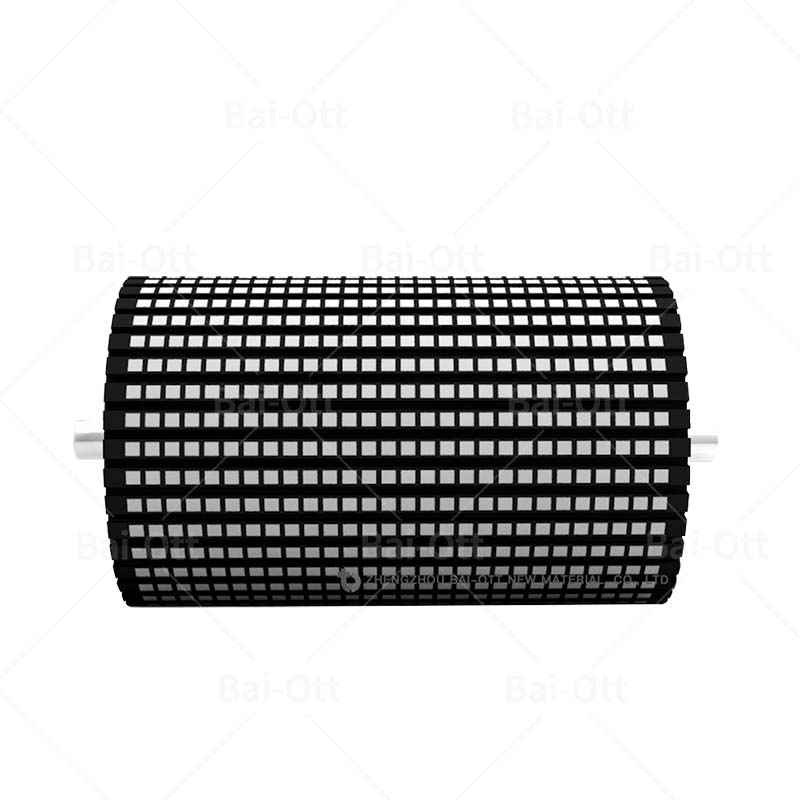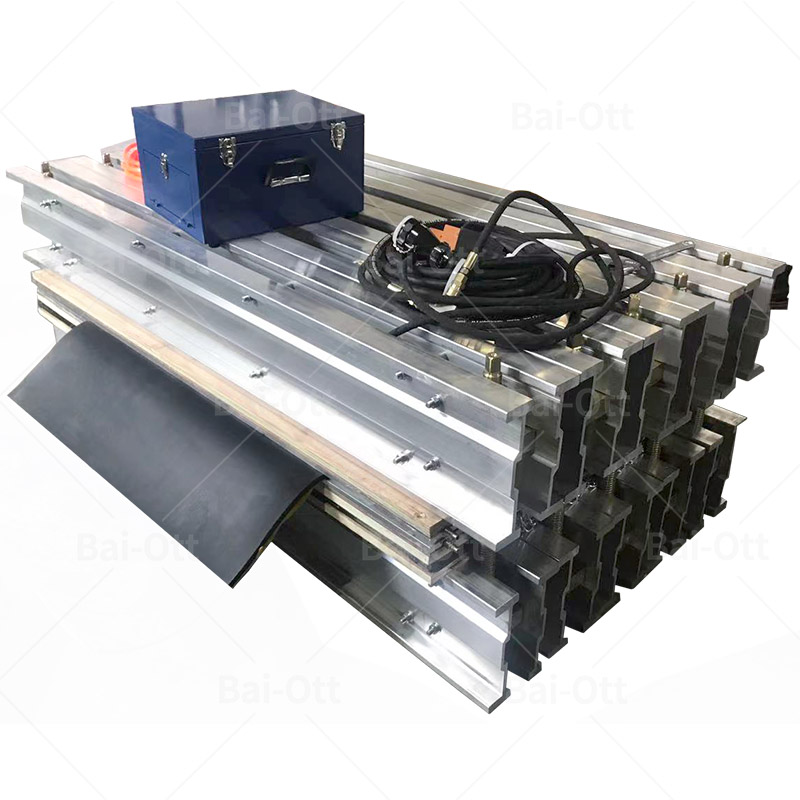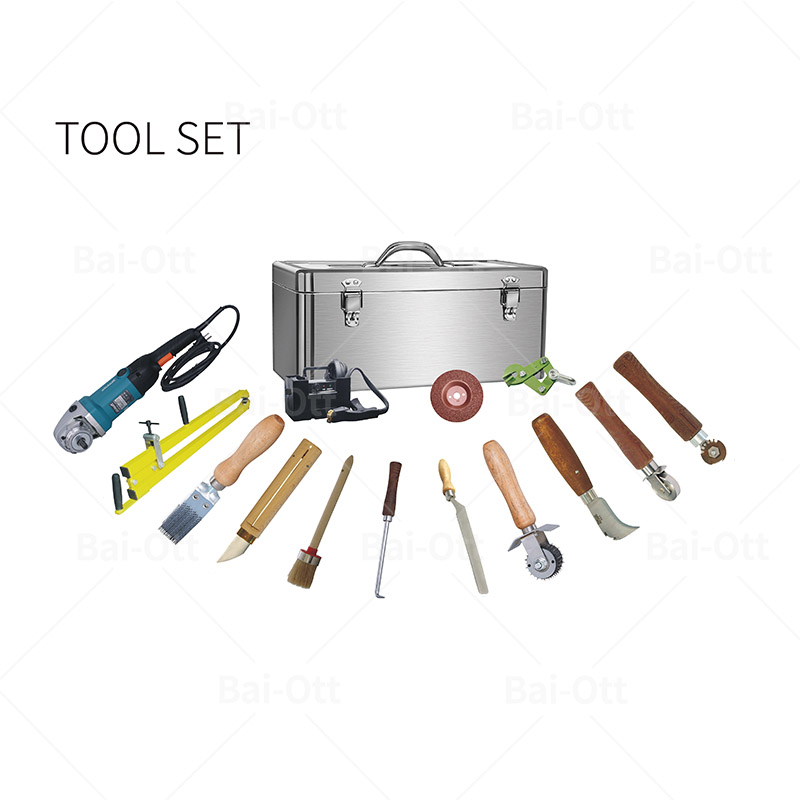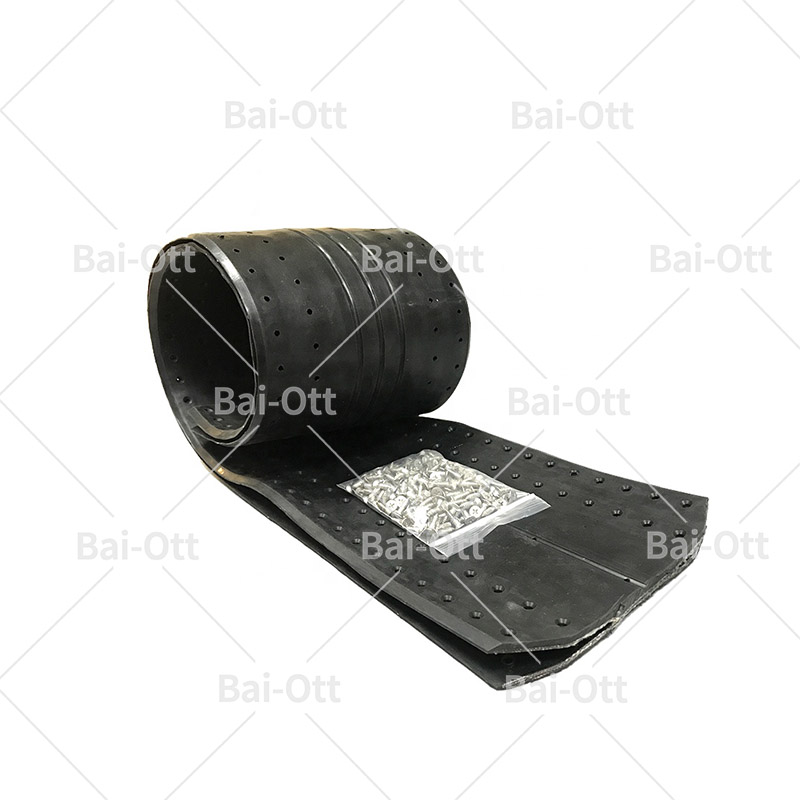What is lagging on a pulley?
Introduction: What is a pulley?
A pulley is a wheel on an axle or shaft that is designed to support movement and change of direction of a taut cable or belt along its circumference. Pulleys are used in a wide variety of settings, including in door-opening systems, conveyor belts, and wire-suspension bridges. The word "pulley" derives from the Latin word for "roller".
Pulleys are one of the six simple machines identified by Renaissance scientists. They are typically grouped with the inclined plane, the wedge, the screw, the lever, and lastly the wheel and axle. Each machine exploits one or more basic principles of physics including mechanical advantage, friction reduction, or both.
The Problem: Why do pulleys sometimes lag?
Lagging on a pulley is a problem that can occur when the bearings or other parts of the pulley system are not properly lubricated. This can cause the pulley to seized up, which in turn can cause the belt to slip or even break. Lubrication is essential to keeping a pulley system running smoothly, and if it is not done regularly, lagging can become a serious problem.
The Solution: How can you fix a lagging pulley?
Lagging pulley is the process of adding a layer of material to the face of a pulley in order to improve its grip on a belt. Lagging can be done with various materials, such as rubber, neoprene, or urethane. In most cases, lagging is added to the inside diameter of the pulley, where it will make contact with the belt.
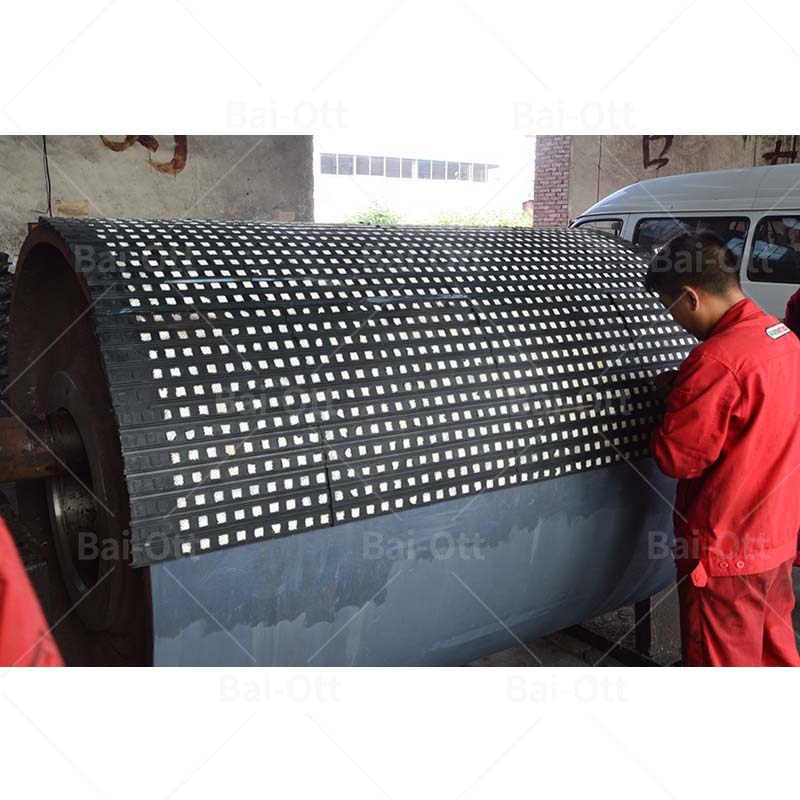
There are several reasons why a pulley might need to be laggged. The most common reason is to improve traction between the pulley and the belt, which can slip if there is not enough friction between them. Lagging can also be used to protect the pulley from wear and tear, and to reduce noise levels.
Adding lagging to a pulley is a relatively straightforward process.
Conclusion: How to prevent lagging pulleys in the future
Lagging is a common issue for pulleys, especially in high-use applications. There are several ways to prevent lagging, including regular maintenance and inspection of the pulleys, as well as proper installation.
Regular maintenance of the pulleys is the best way to prevent lagging. This includes inspecting the pulleys for wear and tear, as well as lubricating them regularly. Proper installation is also important, as incorrect installation can cause premature wear and tear on the pulleys.
If you suspect that your pulleys are beginning to lag, it is important to take action immediately. Lagging can cause serious problems with the operation of your machinery, so it is best to avoid it altogether. By following these simple tips, you can keep your pulleys in good condition and avoid costly repairs or replacements down the road.

